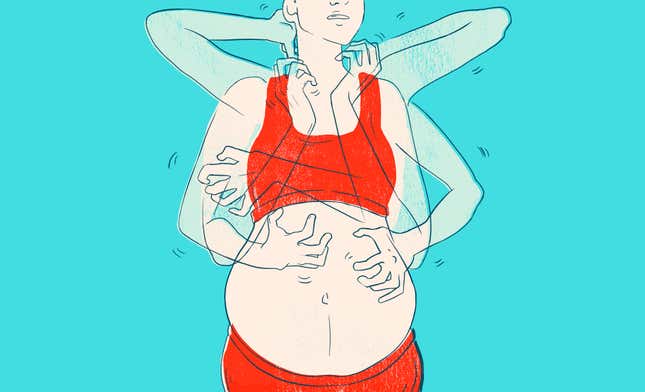Pregnancy's Deadly Itch
Latest

Early in my third trimester of pregnancy, I had a few episodes of itching at night. It was winter in New York, with cold winds and radiators on overdrive, plus I was massively pregnant, so I didn’t think much about it—discomfort came with the territory.
But one of the pregnancy sites I perused the next day raised a red flag. There is a serious late-pregnancy complication called cholestasis that results in itching. Obediently, I made an OB appointment and got a blood test. Soon after, my itching subsided. False alarm, I thought. A friend joked that she, too, had thought she had cholestasis around this point, but it turned out to be a sunburn. Oh, us neurotic moms-to-be! My first round of results even came back normal, confirming my renewed sense of ease.
But a week later I got a call from my OB. You can guess what he said: There was a second set of numbers, a breakdown of the individual bile acid levels in my bloodstream, and they were just elevated enough to earn me the diagnosis: Cholestasis, or Intrahepatic Cholestasis of Pregnancy (ICP.)
The course of action was as follows: I had to take a pill made up of Ursodeoxycholic acid (or Ursodial) three times a day, and I would have to be monitored with frequent ultrasounds, as often as twice a week. Oh, and also, my labor would be induced a few weeks early. My doctor assured me they would manage it, and told me not to worry.
But of course I worried. I worried a lot. In fact, I immediately went onto Google and started freaking the fuck out: you see, the associated risk was not to me, but to the fetus, and it went as far as stillbirth.
The website ICP Care, which is by far the most comprehensive resource on the condition out there, breaks it down: “During Intrahepatic Cholestasis of Pregnancy, the cells are unable to transport the bile out … normally, which leads to bile acids building up in the blood. Elevated bile acids in the blood are associated with increased risk to the unborn baby.”
So there I was, getting enormous, as one does, planning a baby shower, buying a bassinet and stroller and clearing out the house—all with the knowledge that my body was putting the fetus at risk every minute.
-

-

-

-

-

-

-

-

-

-

-

-

-

-

-

-

-

-

-

-

-

-

-

-

-

-

-

-

-

-

-

-

-

-

-

-

-

-

-

-








































